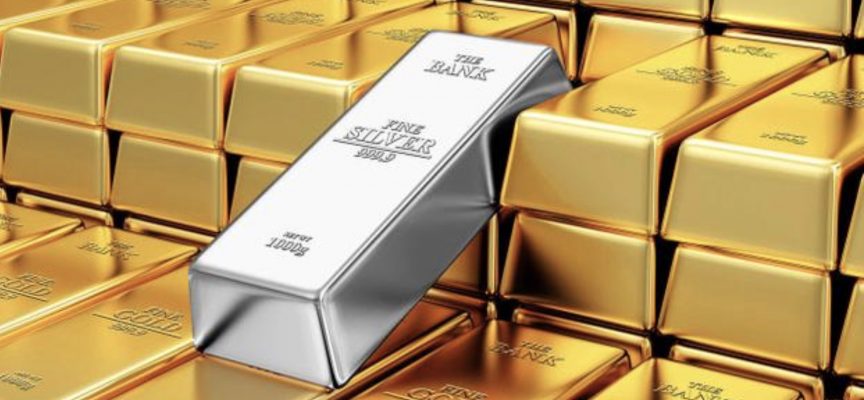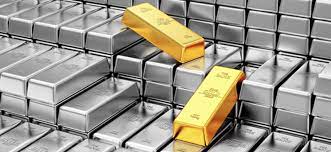Silver and gold are 2 of the 4 precious metals, which are gold, silver, palladium, and platinum in general. They may have vital application in engineering, electronics, and medicine, in addition to their use in jewelry. These metal are also considered as trading mediums in their own right, and many believe them to be two of the world’s earliest ‘currency.’
Gold & silver have always had a high intrinsic value throughout history. They are intrinsically robust and do neither corrode or tarnish, making them the metal of choice for coinage and jewelry throughout history.
They aren’t the only metals with a hefty price tag. Iridium & ruthenium are both expensive, but they are less well-known and so less popular for trading.
Gold
Since prehistoric times, gold has been utilized to create luxury objects. Its scarcity and resistance to tarnishing have made it valuable to nearly every civilization, while its softness & malleability make it simple to incorporate into jewelry & decorative objects.
Because of its remarkable conductivity, it is increasingly in demand in the electronics industry.
Silver
Silver’s antibacterial characteristics, combined with its high conductivity, make it suitable for a variety of uses, including dentistry, water purification, and electronic engineering in addition to jewelry.
What Is The Process Of Trading Precious Metals?

For millennia, precious metal trading has been at the center of trade, and it remains so today, with gold is the most often utilized metal for this purpose.
One way to get into these markets is to buy gold bars directly. London hosts one of largest gold bar markets in the world. Although lesser bar sizes are available, the usual size is 400 troy ounces. The London market’s normal size for silver bars is 1,000 troy ounces, while the London market trade platinum and palladium bars weighing between 1–6 kilograms.
Physical trading and direct possession of precious metals, on the other hand, necessitates specialized vaulting & custody arrangements, as well as secure transit and insurance coverage. Indirect trading, such as ETFs, futures, and CFDs, may be a more practical approach to gain access to the precious metals market’s potential.
Central banks, like individual investors, keep a considerable portion of their assets in gold.
According to the International Monetary Fund & the World Gold Council, the world’s central banks have roughly 33,000 metric tones of gold. Any factors that influence central banks’ decisions to hold and sell gold will have the big impact on market price.
How Might Cfds Help You Benefit From Precious Metal Trading?
CFD (Agreements on Difference) trading is type of trading in which a single trader opens the position but instead of directly acquiring the underlying asset.
CFDs allow buyers to speculate on how a commodity’s price will fluctuate without actually owning the commodity. Traders that anticipate an increase with in price of gold, silver, and any other precious metal will purchase a CFD. Traders anticipating a drop will initiate a sell or “short” position. The price difference between starting & closing the position generates the profit (or loss).
When markets are volatile, the ability to benefit in both falling and rising markets is very appealing.


